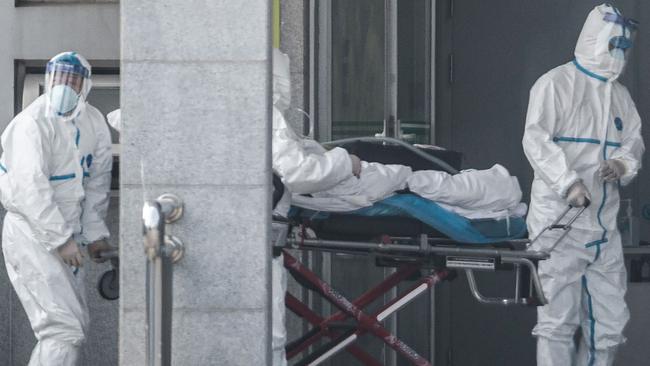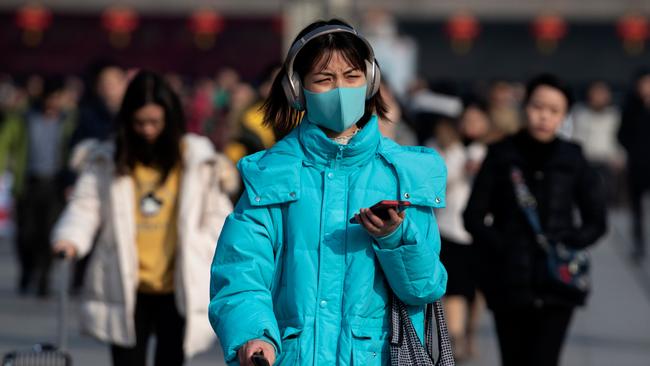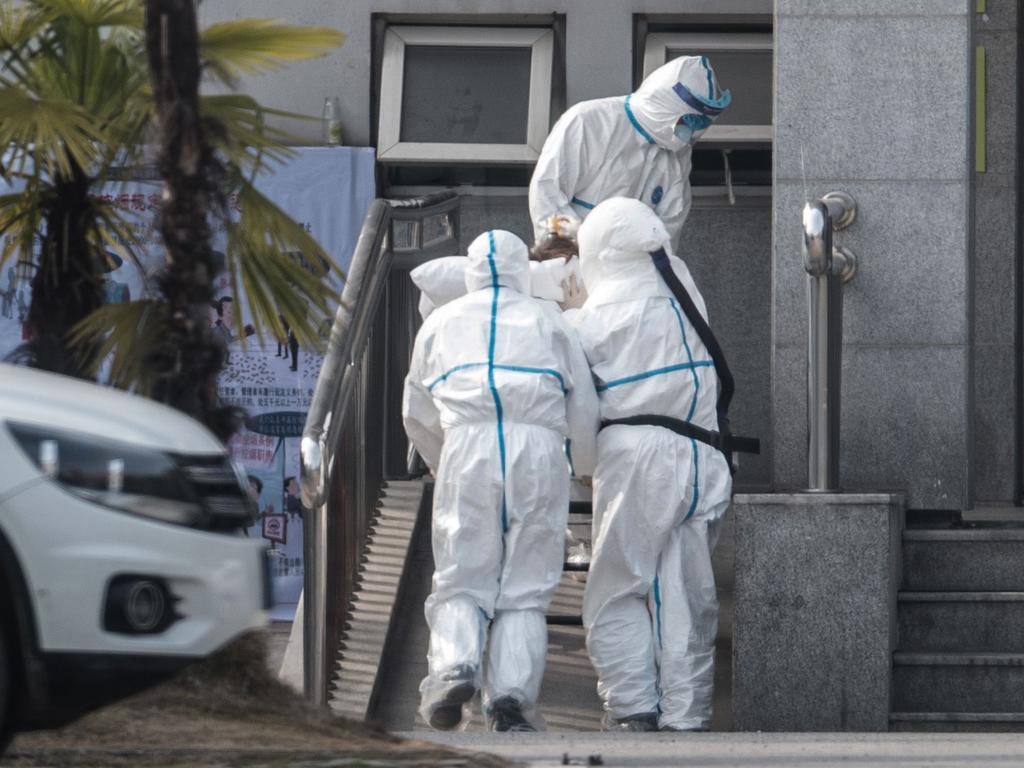Coronavirus can be transmitted human to human, China admits
China confirms relatives infected two people with coronavirus, while 16 medical workers have also tested positive as the Sars-like virus spreads to other countries.

A new Sars-like virus can be transmitted from human to human, China has admitted for the first time, as the disease spread beyond the country’s borders.
A Chinese government expert told state media that two people in Guangdong province had been infected with the coronavirus after family members returned from the central city of Wuhan, the Ground Zero of the outbreak.
Zhong Nanshan, an expert in respiratory diseases, told reporters at least 15 medical workers had also tested positive for the virus, with one in a critical condition.
The admission of human to human transmission will increase fears of a spread of the virus, particularly as hundreds of millions of Chinese travel across the country at the end of this week for the Spring Festival holiday to mark Lunar New Year.

The first case in South Korea was reported on Monday, after other people in Japan and Thailand were diagnosed with coronavirus, which has already killed three people in China.
Overnight Chinese authorities confirmed 217 cases of the virus, which has spread rapidly across China. Three of the biggest cities — Beijing, Shenzhen and Shanghai — confirmed 14 cases between them. The latest figure was a sharp increase from earlier official estimates of under 50 cases.
President Xi Jinping broke his silence on the outbreak to urge authorities to control the pneumonia-like disease.
“The recent outbreak of novel coronavirus pneumonia in Wuhan and other places must be taken seriously,” Mr Xi said. “Party committees, governments and relevant departments at all levels should put people’s lives and health first.”

The coronavirus, which can cause illnesses from a cold to severe acute respiratory syndrome is believed to be less serious than the Sars outbreak in southern China that killed 700 people in dozens of countries in 2002-03, but it belongs to the same class of pathogens.
In Wuhan, a travel hub with a population of 11 million, the number of people infected jumped to 198 on Monday from 62 at the weekend. According to health officials, 35 cases were severe and nine critical.
Analysts have pinpointed Wuhan’s fish and meat market, close to the city’s main railway station, as the most likely starting point of the outbreak.
Scientists in Hong Kong’s Department of Health said on Saturday that genetic sequencing of the virus from a Wuhan patient, published online by a Chinese expert, indicated it was 80 per cent similar to SARS found in bats.
WHO said on Monday it was not surprising that the virus had spread beyond China. “The possibility of cases being identified in other countries was not unexpected, and reinforces why WHO calls for ongoing active monitoring and preparedness in other countries,” it said in a statement.
Researchers at Imperial College London said 1,723 people could have been infected by the virus in Wuhan by January 12, after basing their estimates on the number of cases of the virus in Japan and Thailand.
Authorities around the region are on high alert, with airport officials checking all passengers entering the country from Wuhan.
With The Times, AFP






To join the conversation, please log in. Don't have an account? Register
Join the conversation, you are commenting as Logout